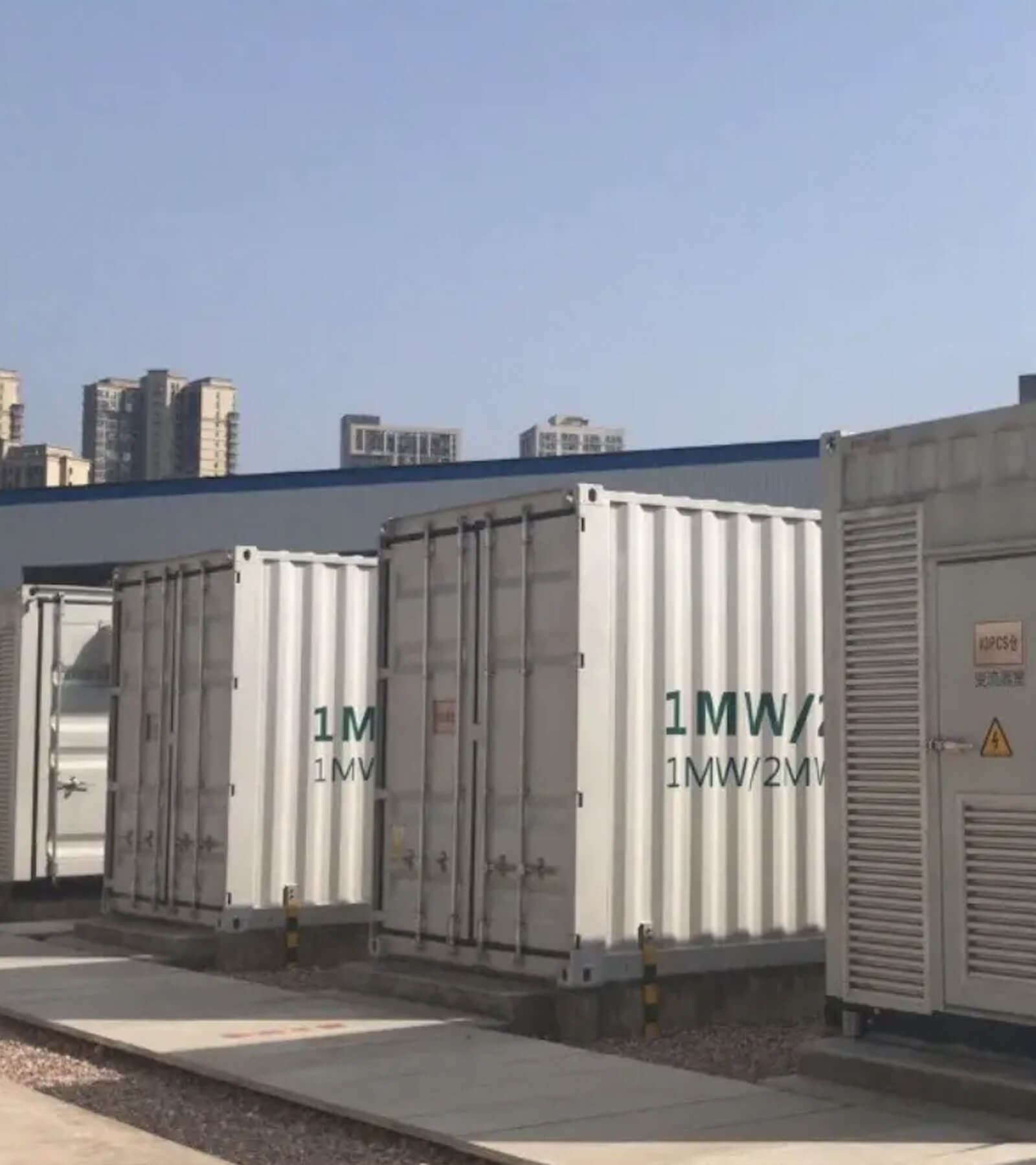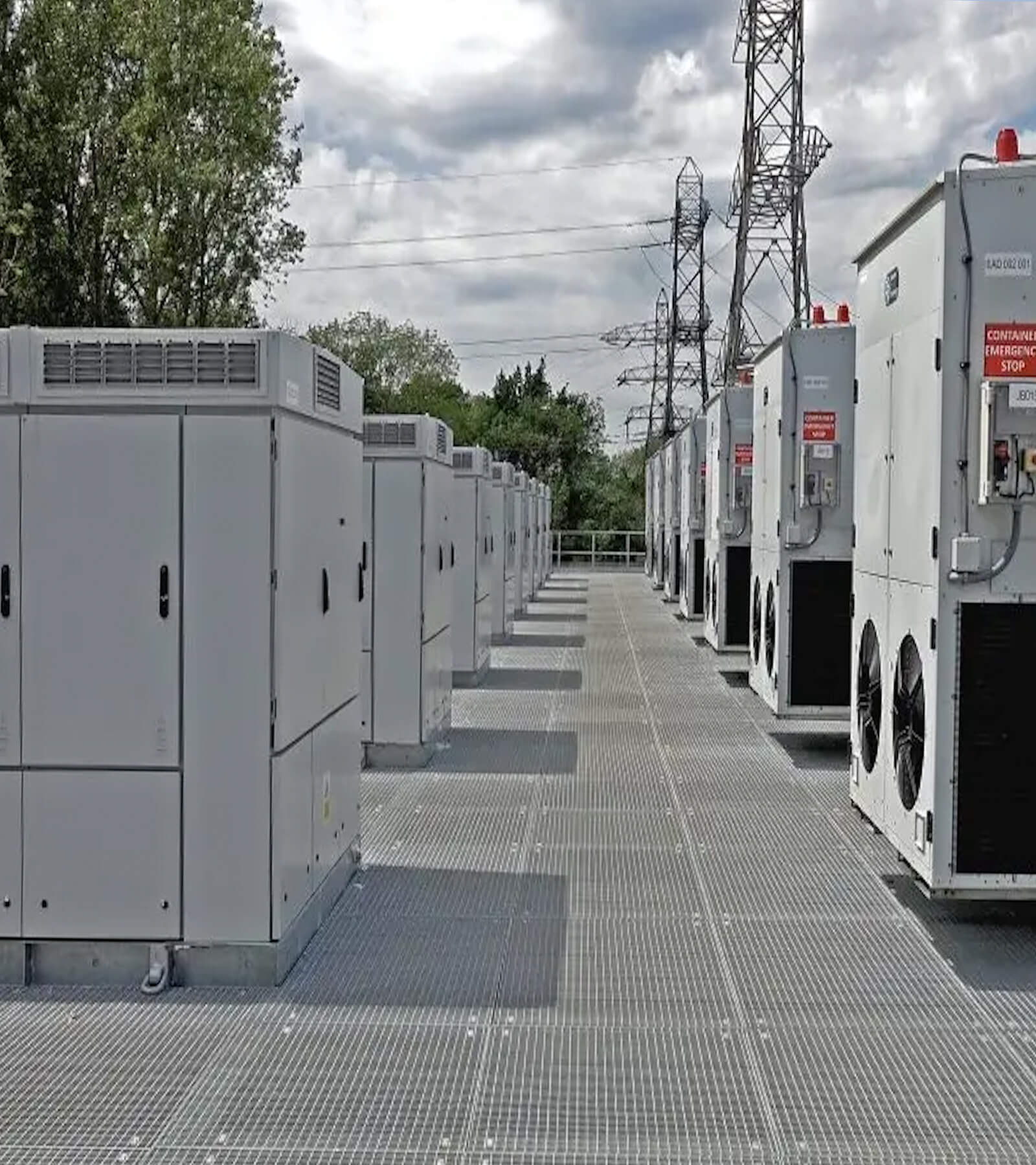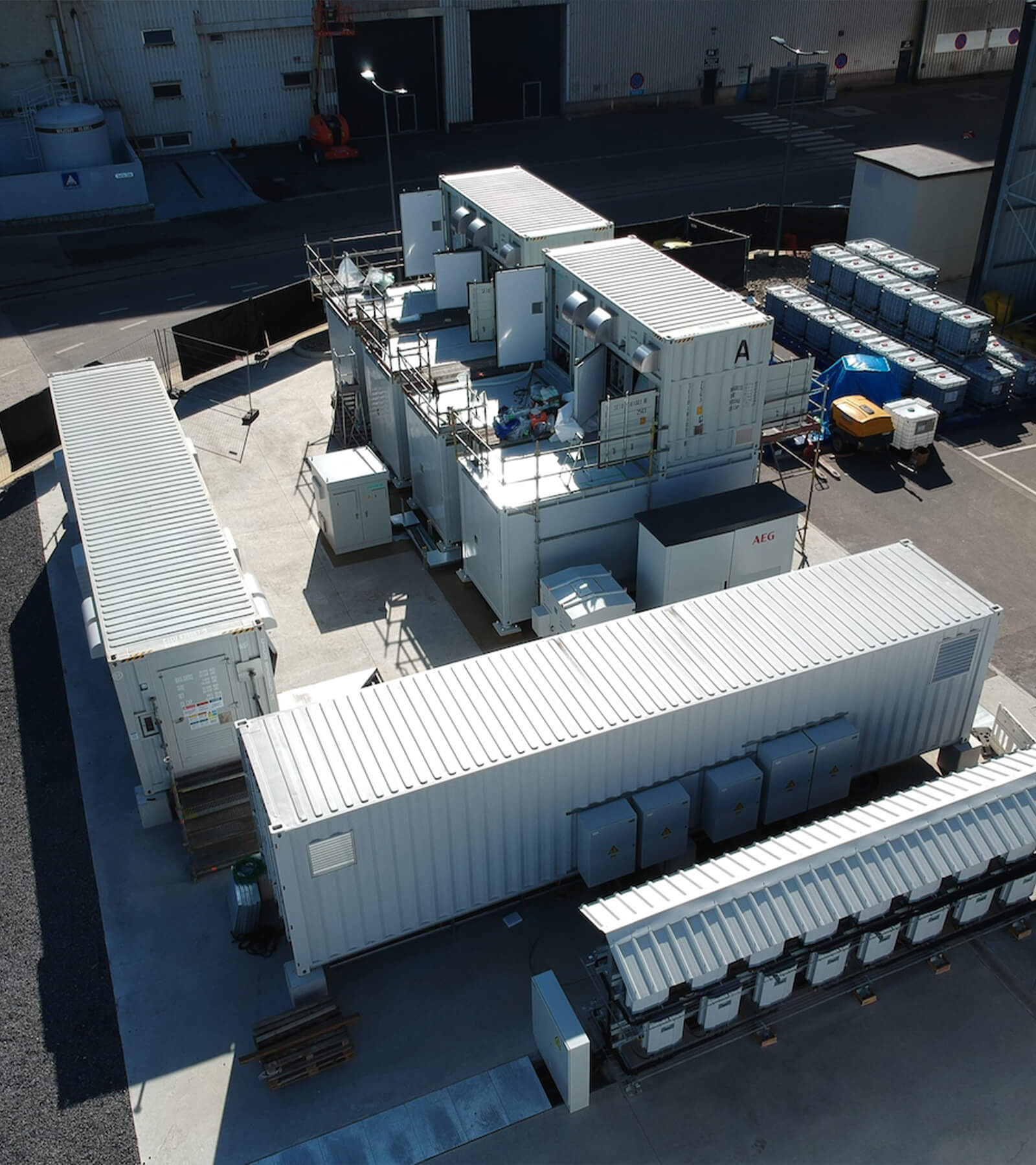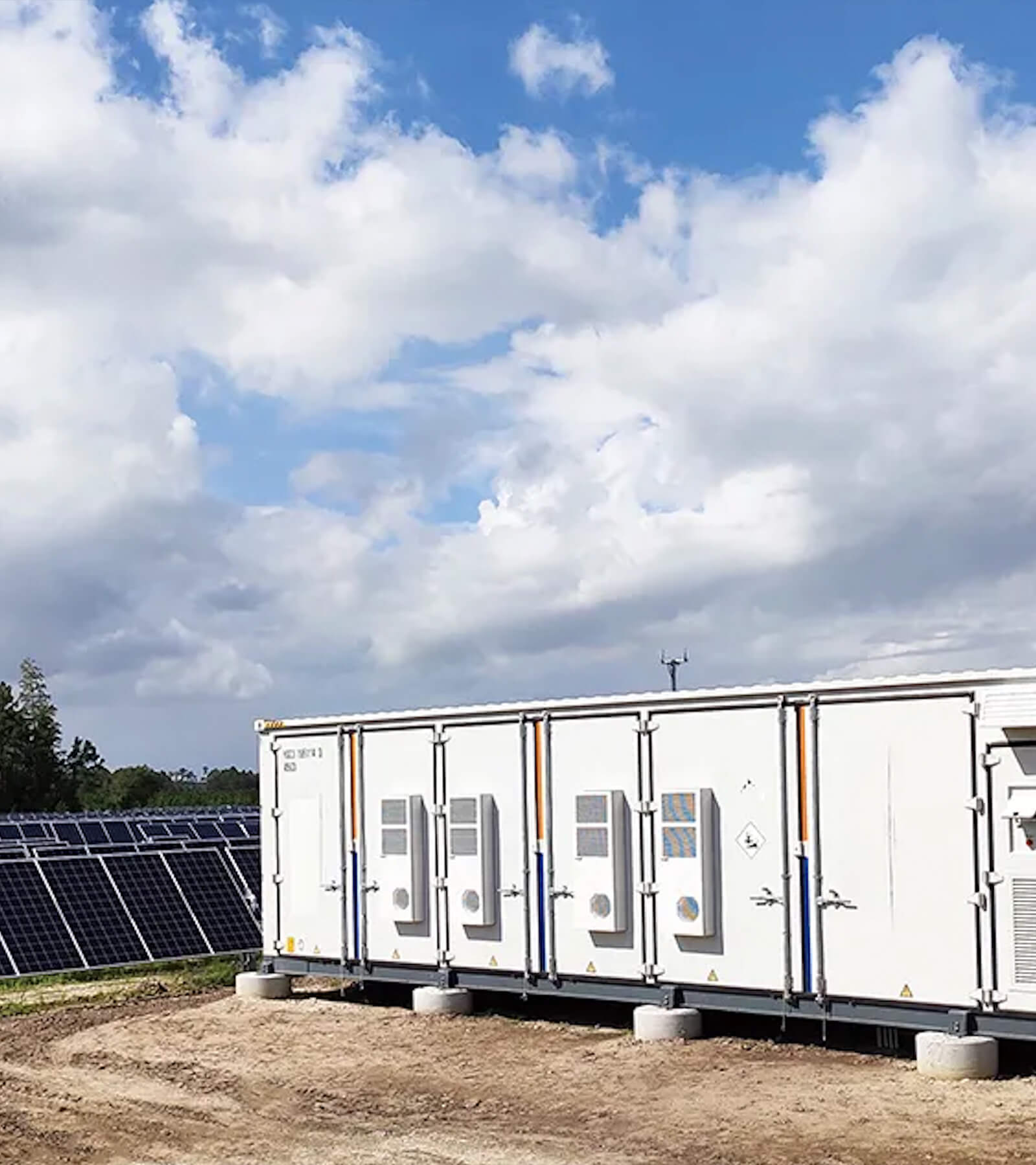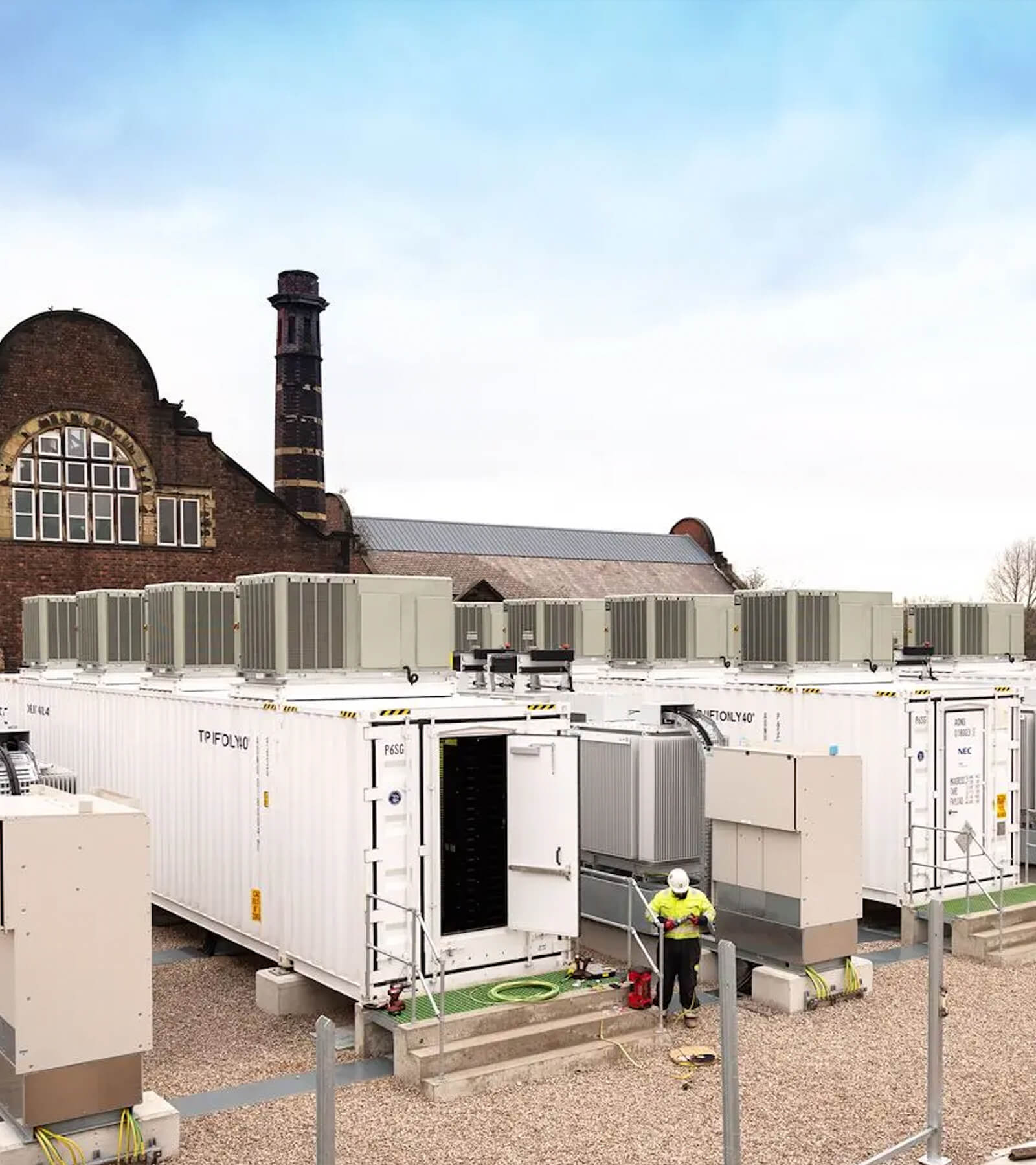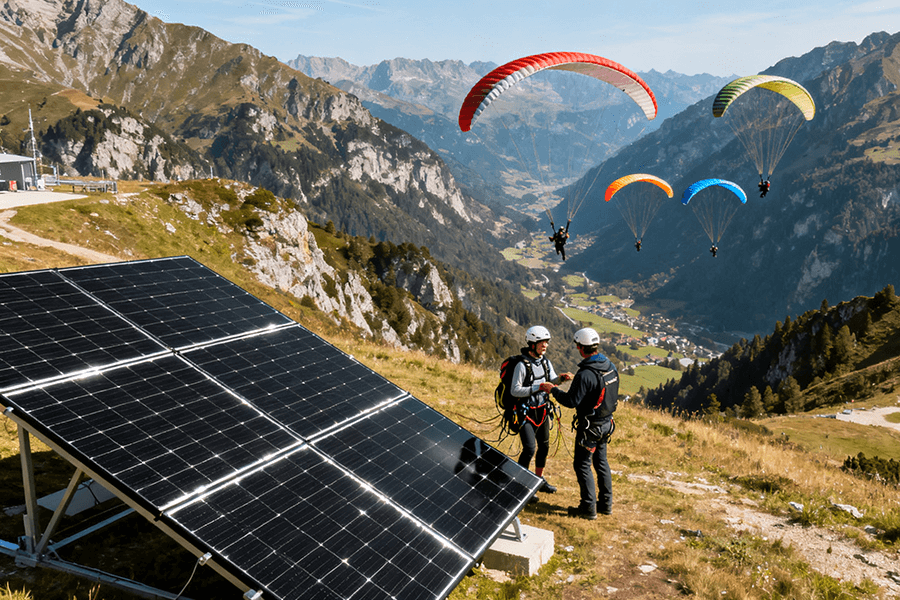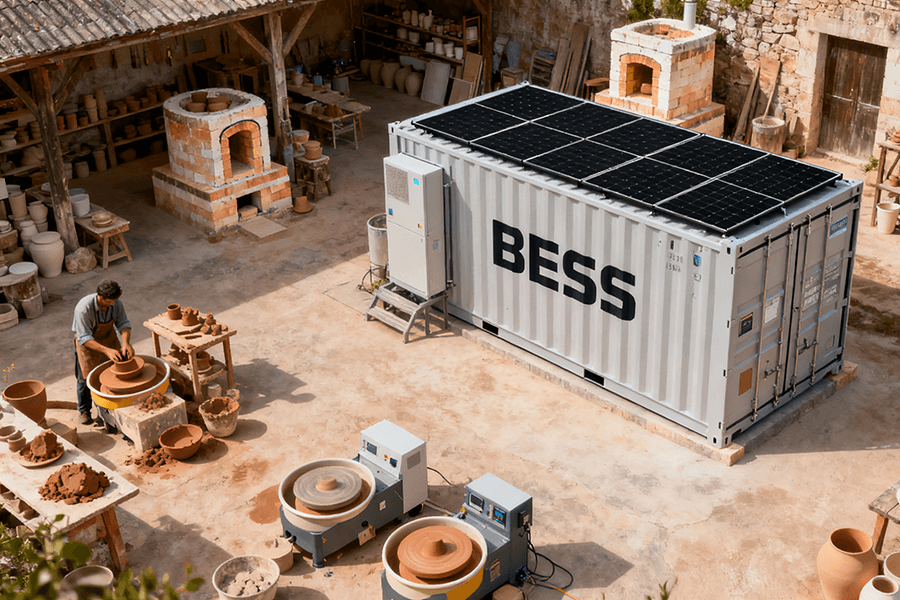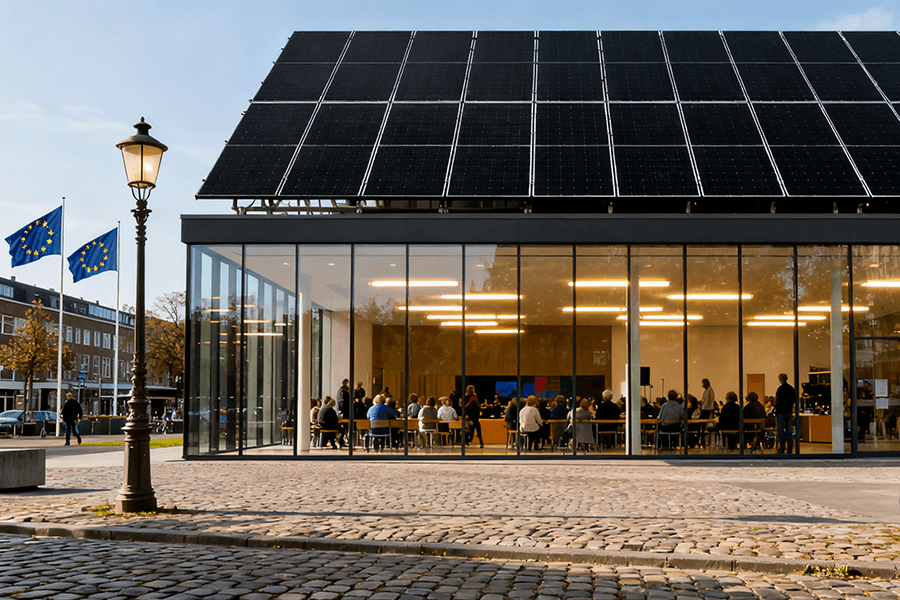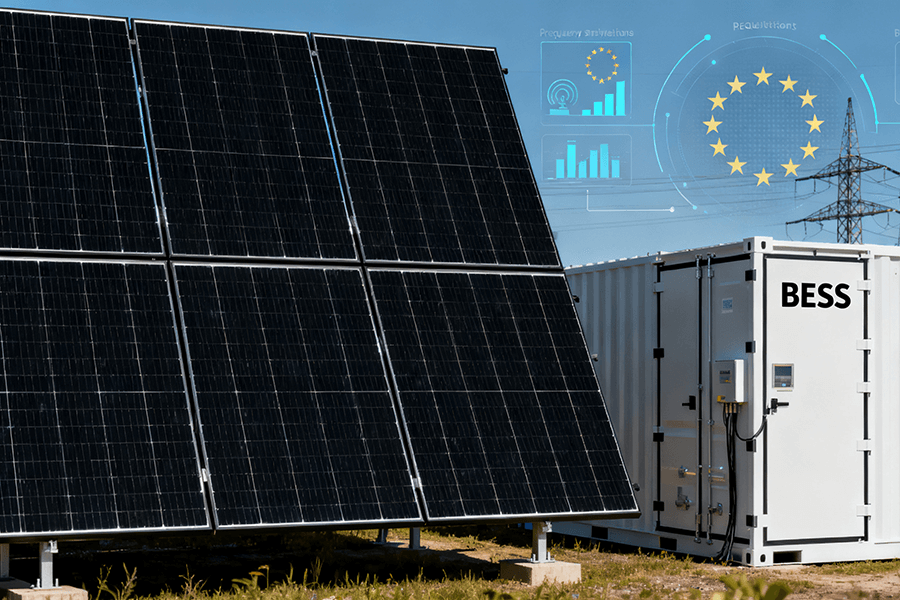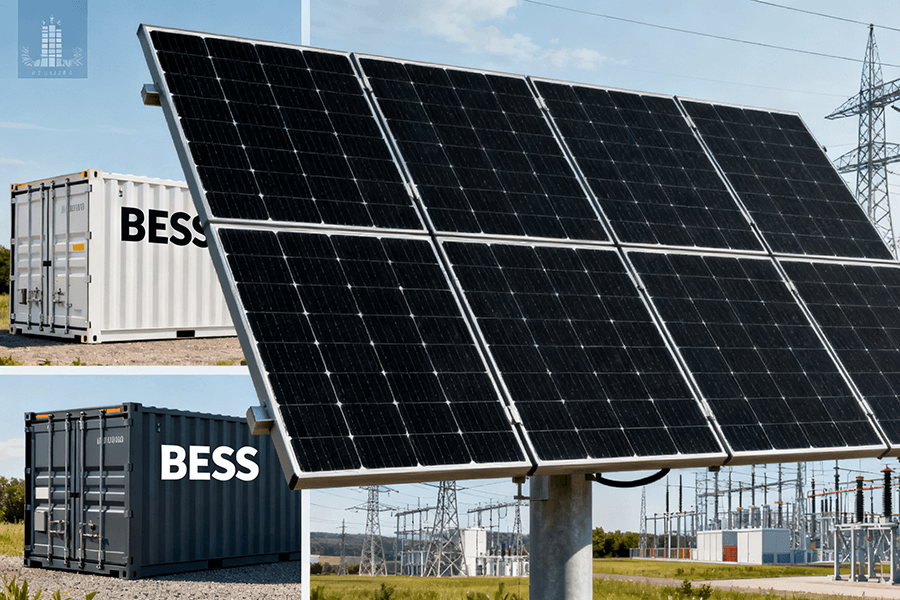
Why 50Hz Is Non-Negotiable (And Why Gas Plants Are Slacking)
Imagine Europe’s grid as a high-stakes dance party: everyone (homes, factories, wind turbines) must step in perfect 50Hz rhythm. Trip up, and chaos ensues—from flickering lights to industrial shutdowns. Here’s the kicker: A 1% mismatch between power supply and demand knocks the beat off by 0.1Hz . For context, that’s like a concert drummer missing a beat every 10 seconds—annoying at best, catastrophic at worst.
For decades, gas plants played “backup dancer.” But let’s be real: They’re the guy who shows up late to the party. Gas plants take 200ms to react—an eternity when the grid’s having a meltdown. By the time a gas turbine spools up, a tiny frequency blip could escalate into a regional outage . No wonder 25% of EU frequency wobbles trace back to sluggish auxiliary support .
🚨 Key Problem: Gas plants can’t keep up with the grid’s need for split-second fixes—especially as Europe adds more variable renewables (wind, solar) that cause frequent micro-imbalances. Enter BESS containers: The grid’s new “quick-change artists.” These bad boys fix blips faster than you can say “blackout,” and they’re about to steal the show.
How BESS Containers Save the Grid (One Millisecond at a Time)
BESS containers aren’t just batteries in boxes—they’re grid paramedics. Equipped with advanced inverters and real-time monitoring systems, they detect frequency shifts and adjust power output in the blink of an eye. Here’s how they work their magic:
Millisecond-Level Power Adjustments: The Grid’s “Fast Forward” Button
When the grid’s frequency dips by 0.05-0.1Hz (a “micro-panic”)—say, a sudden drop in wind power—BESS containers jump into action within ≤50ms . That’s 4x faster than gas plants, which are still rubbing their eyes and reaching for the ignition.
Why does speed matter? Even a 100ms delay can turn a tiny blip into a cascading failure. The UK National Grid tested this in 2023: Pairing 100MW of BESS containers with gas plants cut frequency deviation duration by 60% (from 12 seconds to 4.8 seconds) during a simulated wind drop . It’s like adding a Formula 1 driver to a team of golf carts—suddenly, you’re winning the race.
Distributed Auxiliary Support: Fixing Rural Grid “Tantrums”
Rural grids are the grid’s “fussy toddlers”—prone to tiny frequency shifts that wear down transformers (and TSO budgets). Unlike large gas plants, which are centralized and far from rural areas, small-scale BESS containers (100kWh-300kWh) are the perfect babysitters: they’re compact, easy to deploy, and target problems where big infrastructure can’t reach.
Case in point: A Polish rural grid (serving 12,000 households) installed 6 BESS containers in 2023. By 2024, local frequency deviations dropped by 55% (from 0.08Hz to 0.036Hz), and transformer maintenance costs fell by €22,000/year . Maintenance crews finally got a day off—and the transformers stopped “complaining” about overwork.
Table 1: BESS vs. Gas Plants: The Speed & Performance Showdown
|
Metric
|
BESS Containers
|
Gas Plants
|
|
Response Time
|
≤50ms
|
~200ms
|
|
Frequency Deviation Duration Cut
|
60% (with gas plants)
|
N/A
|
|
Rural Deviation Cut
|
55% (local grids)
|
<10%
|
|
Transformer Wear Reduction
|
Up to 40%
|
<5%
|
|
Power Adjustment Precision
|
±1kW
|
±10kW
|
Economic & Operational Benefits: BESS = Big Savings (And Extra Cash)
BESS containers aren’t just heroes—they’re cheap heroes. For TSOs (Transmission System Operators) facing tight budgets and pressure to decarbonize, they’re a no-brainer. Here’s why:
Lower Costs Than Backup Gas Plants: The “No Fuel, No Fuss” Win
Gas plants are money pits: They guzzle fuel (€0.05-€0.08/kWh), need monthly maintenance (€5,000-€8,000/unit), and sit idle 90% of the time . BESS containers? They’re the opposite. Over 10 years, they cost 40% less than small gas plants (1MW capacity) because they have no fuel costs, minimal maintenance (€1,000-€2,000/year), and a longer lifespan (15-20 years vs. 10-15 years for gas plants) .
Example: Germany’s TransnetBW swapped 3 backup gas plants (total 3MW) for BESS containers in 2022. By 2025, they’d saved €190,000—enough to buy 19,000 lattes (at €10 each) or fund 3 more BESS deployments in rural Bavaria.
Revenue Stacking: BESS as a “Side Hustle” Machine
BESS containers don’t just work one job—they’re the grid’s ultimate multitaskers. They provide frequency support and shave peak demand (when electricity prices skyrocket to €0.30-€0.50/kWh). It’s like having a barista who also DJs—double the cash, same equipment.
The Netherlands’ TenneT deployed a 1MW/2MWh BESS container in 2023. In 2024, it earned:
- €14,000/year from auxiliary frequency services (participating in the EU’s Frequency Containment Reserve market)
- €11,000/year from peak shaving (reducing TenneT’s need to buy expensive peak power from the grid)
That’s €25,000/year in extra revenue—not bad for a steel box that fits in a parking space.
Table 2: BESS vs. Gas Plants: 10-Year Economic Comparison (1MW Unit)
|
Metric
|
BESS Containers
|
Gas Plants
|
Source
|
|
Total Capital Cost
|
~€350,000
|
~€580,000
|
|
|
Annual Fuel Cost
|
€0
|
€25,000-€40,000
|
|
|
Annual Maintenance Cost
|
€1,000-€2,000
|
€5,000-€8,000
|
|
|
10-Year Total Cost
|
~€370,000
|
~€650,000
|
Calculated from sources
|
|
10-Year Cost Reduction
|
40%
|
N/A
|
Calculated from sources
|
|
Annual Revenue (Dual Services)
|
€25,000
|
~€3,000 (only backup)
|
Why Maxbo Solar’s BESS Containers Are the Grid’s New BFF (From Someone Who Builds Them)
At Maxbo Solar, we don’t just make BESS containers—we engineer grid superheroes. For 12 years, we’ve designed systems tailored to Europe’s unique grid challenges, from Scandinavia’s freezing winters to Spain’s scorching summers. Here’s why our BESS containers are the top choice for TSOs across the EU:
Speed That Beats the Clock (And Competitors)
Speed is our middle name. Our BESS containers use LFP (lithium iron phosphate) batteries—safer (no thermal runaway risk), longer-lasting (10,000+ cycles), and faster than traditional lithium-ion—to react in <100ms . That’s faster than the time it takes to say “grid stability” (try it: it takes ~120ms) and 2x faster than some competitors’ lead-acid systems.
We put this to the test on Greece’s Astypalea Island in 2024: Our 5MW/25MWh BESS container system turned a diesel-reliant grid into a 98% solar-powered champion . During a sudden 2MW drop in solar output (due to cloud cover), our BESS adjusted power in 87ms—preventing a frequency dip and keeping the island’s hotels and hospitals online. Locals now joke it’s “Apollo’s battery”—and we’re not mad about it.
Built for Europe’s Quirks (Yes, Even the Weather)
Europe’s weather is all over the map, and our BESS containers are built to handle it. Our best-selling 2.5MW/5.5MWh model (housed in a 20-foot ISO container) features:
- Temperature resilience: Operates from -30°C (Scandinavia winters) to 60°C (Spanish summers)
- Weather protection: IP55-rated enclosure (dust-tight, protected against low-pressure water jets)
- Noise reduction: <65dB (quieter than a gas generator, so it fits in residential areas)
They’re also compact: A single 2.5MW container fits in a standard parking space, making them perfect for rural grids where land is scarce. No more clearing forests for gas plants!
We Make TSOs Money (Lots of It)
Our BESS containers stack revenue streams like a pro—helping TSOs turn “cost centers” into “profit centers.” Here’s how a UK TSO used our 2MW/4MWh system in 2025:
- Frequency support: Earned €12/MWh for 1,200 hours/year → €14,400
- Peak shaving: Saved €0.30/kWh on 36,000 kWh/year → €10,800
- Energy arbitrage: Bought at €0.06/kWh, sold at €0.40/kWh → €10,200
- Total annual revenue: €35,400 (that’s €150/MWh—beat that, gas plants)
🚀 See for Yourself: Check out our 2.5MW/5.5MWh BESS specs (liquid cooling, cell-level monitoring, CE compliance) at www.maxbo-solar.com. We don’t just sell boxes—we sell grid peace of mind. And if you want a custom quote? Our team responds in 48 hours (no “we’ll get back to you” runaround).
Conclusion: The Future Is (In) a Container
BESS containers aren’t just auxiliary services—they’re the grid’s new co-pilots. They fix blips faster than gas plants, save TSOs cash, and turn rural grids into renewable powerhouses. The EU’s own forecasts predict that by 2035, BESS containers will handle 45% of EU grid frequency response auxiliary needs —gas plants better start updating their resumes.
At Maxbo Solar, we’re proud to build the containers powering this revolution. Whether it’s a 100kWh system for a Polish village or a 10MW farm for a German TSO, we’re here to keep Europe’s grid dancing at 50Hz. Because when the grid is happy, everyone wins—from your morning toaster to the factories powering our economy.
Conclusion: The Future of Clean, Reliable Laundry
BESS containers aren’t just tech—they’re community support tools. They keep machines running, prices low, and neighborhoods strong.
The data speaks for itself:
- 50% of European community laundromats will deploy BESS containers by 2035 (forecast by the International Energy Agency’s 2025 Storage Report).
- Laundromats with BESS see 20–30% higher customer retention (per ELA’s 2025 Customer Satisfaction Study).
For laundromat owners: BESS isn’t an expense. It’s an investment in happy customers, steady revenue, and a cleaner, more equitable community.
For residents: No more mildewed laundry. No more unexpected fees. Just clean clothes, powered by reliability.
Ready to power your laundromat’s future? We’re here.

